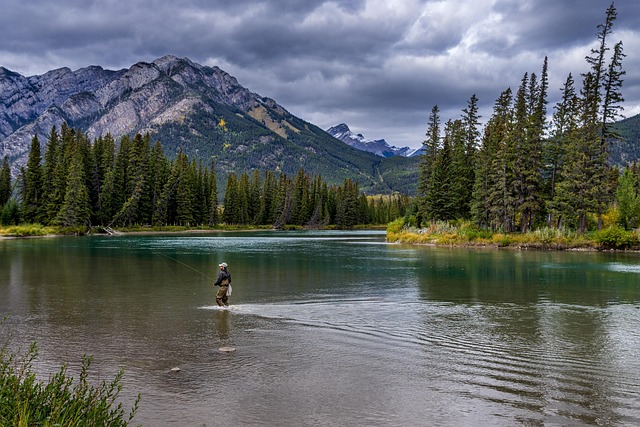Banff National Park, established in 1885, is one of Canada’s most treasured natural landscapes and a UNESCO World Heritage Site. Nestled in the heart of the Canadian Rockies, this national park boasts breathtaking scenery, abundant wildlife, and a rich history that stretches back thousands of years. It is not just an outdoor paradise but also a cultural symbol significant to Indigenous peoples and later, to the nation.
A Natural Wonderland
The park’s stunning glacial lakes, rugged mountains, and vast forests have become iconic representations of Canada’s wilderness. Lakes like Lake Louise and Moraine Lake are famous for their vibrant turquoise colors, drawing visitors from around the globe. These lakes were formed by melting glaciers, and their beauty showcases the power of nature.
Historical Significance
Before the establishment of Banff National Park, the area was inhabited by Indigenous peoples, such as the Stoney Nakoda Nation, who have lived on this land for centuries. Their deep connection with the natural environment is reflected in their stories, traditions, and way of life. Later, the arrival of the Canadian Pacific Railway opened up the region to tourists, making Banff a popular destination for those looking to escape to nature.
Conservation Efforts
Today, Banff National Park continues to play a role in ecological conservation. It serves as a refuge for wildlife and is an important area for scientific research dedicated to preserving its natural heritage. The park’s management focuses on sustainable tourism to balance human activity with environmental protection.
Conclusion
Banff National Park is more than just a destination for outdoor activities; it is a testament to Canada’s natural beauty and historical significance. Whether you are hiking, skiing, or simply taking in the scenic vistas, this park remains a vital part of Canada’s identity. Protecting this incredible landscape ensures future generations will also be able to experience its wonders.

